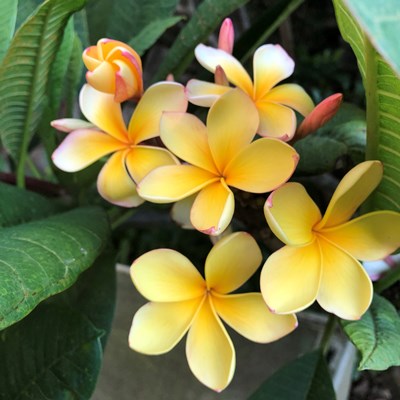In the subtropics where we live, most of our rainfall occurs during the warmer humid months.
Those warm to hot days with rain and high humidity can create havoc with our plants, but it’s not just the plants you should be taking notice of.
Here are a few things that you can check off your home and garden maintenance list for the warm wet season.

Clean out your spouting and check the input and overflow on tanks
If you have tanks, you’ll want to collect as much clean water from your roof as possible.
Scoop out the leaves from spouts and use them as lovely compost mulch for your garden.
Gutters filled with leaves also lead to flooding indoors during storms.
Drains and Swales
These are important areas for water movement across your property. Drains are designed for quick removal of heavy rain, so clear leaves and debris from your drains. Swales in your garden may need to be re-dug now too. When they fill up with silt and leaves you get a dip rather than an effective swale.

Mulch or plant bare soil.
Heavy rain will wash away your precious soil.
A layer of mulch will protect it and keep it in place.
I use sugar cane or composted bark as a mulch on our garden areas and along paths.
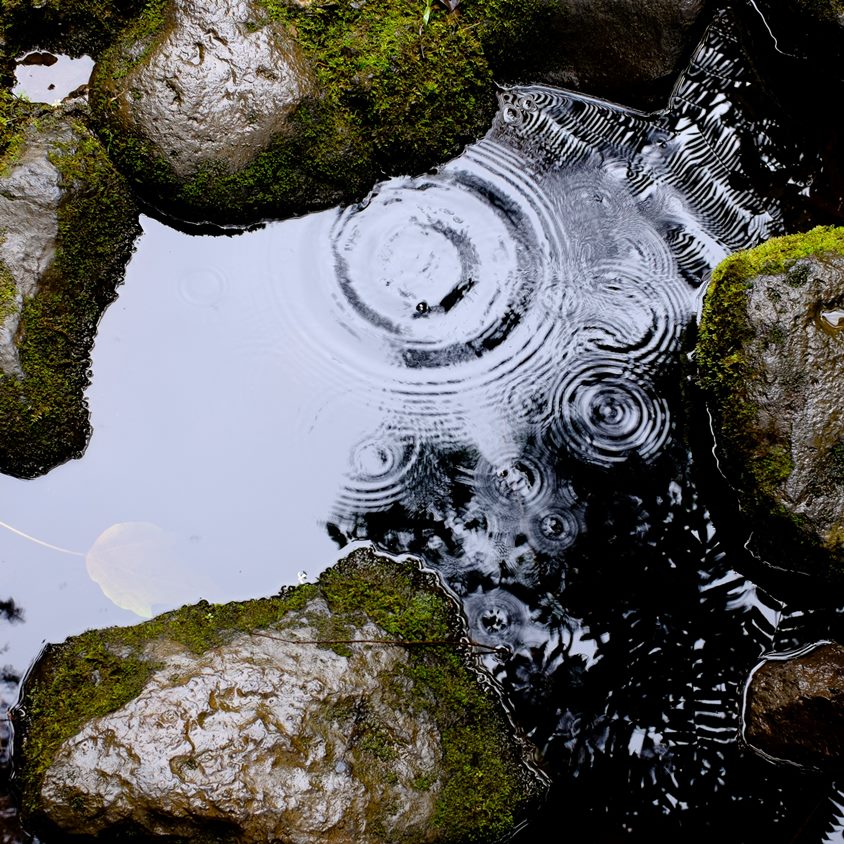
Fungus Central
Are your vegies and herbs stricken with white powdery leaves?
Start treating the leaves as soon as the plants germinate and continue applications of seaweed solution foliar spray, every week to reduce fungal attack.
If things are nasty, try Eco Fungicide. It’s Potassium bicarbonate and is organic and effective.
Make Comfrey tea
Comfrey leaves, when rotted down in a tub of water or a comfrey tea maker, makes a preventive treatment for Pythium Wilt aka Damping Off.
This disease affects seedlings soon after they emerge, causing the stems to brown and then collapse. Wet weather doesn’t help the cause either, so when planting, water the seedling bed with a dilute comfrey tea and water or spray again at emergence of the seedlings.
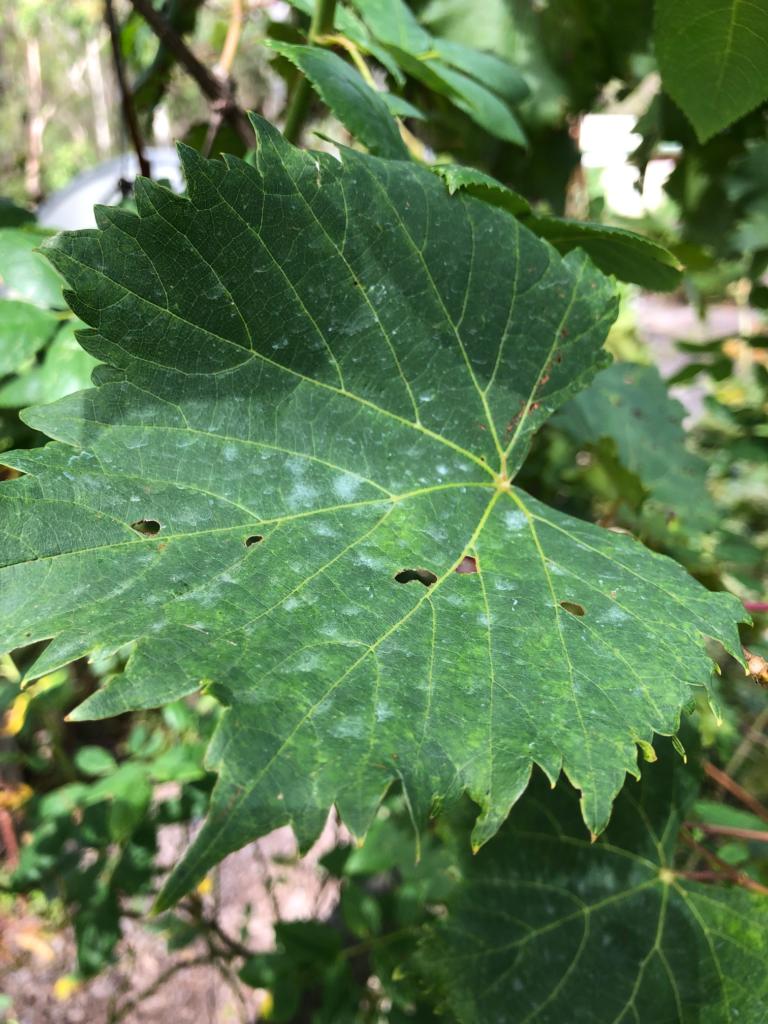
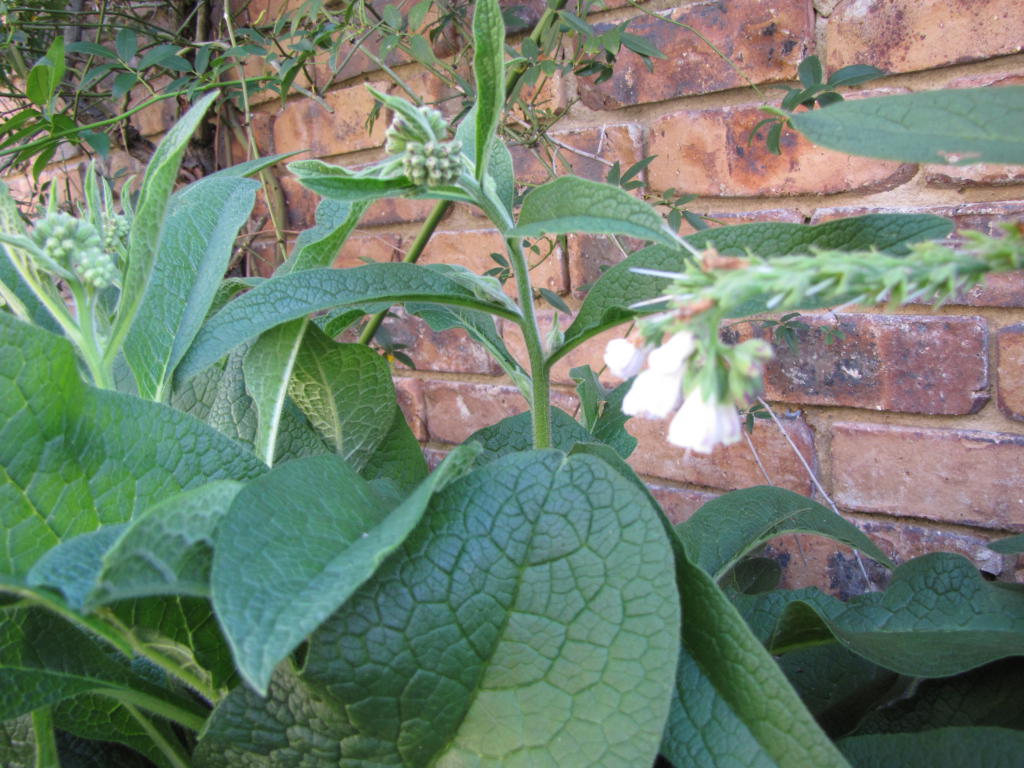
Good drainage for fruit trees
You don’t want the soil around your fruit trees to be waterlogged as it leads to root rot.
Dig a little channel to allow water to flow away rather than allowing it to pool around roots.
Slugs and Snails
Oh dear, they can eat a new crop overnight. Rim a raised bed or pot with Copper tape or apply organic pellets or try a beer trap in the garden bed. There are also slug and snail pellets on the market that are non poisonous to soil, plants, lizards, birds, dogs and cats. Protect Us pellets. I usually have them in stock.
The beautiful snail image is from Victor Grabarczyk on Unsplash
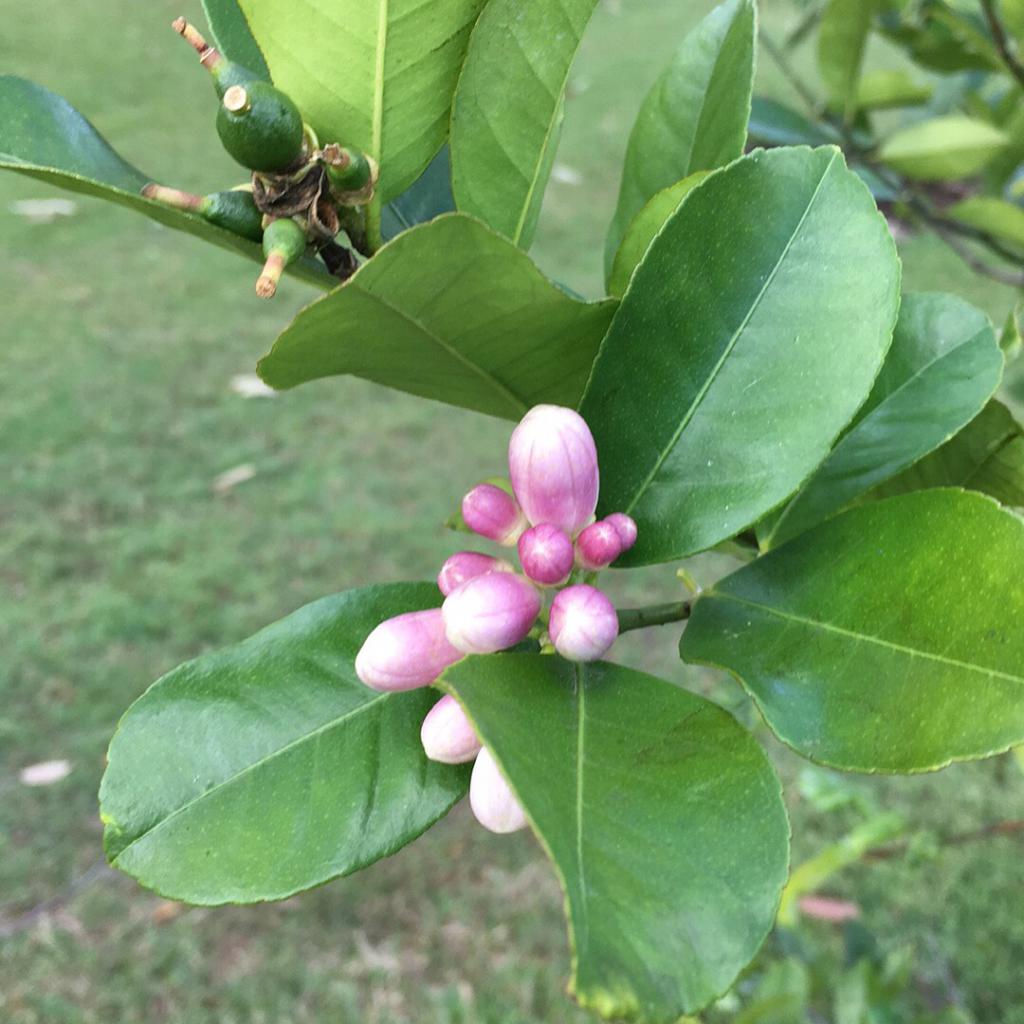
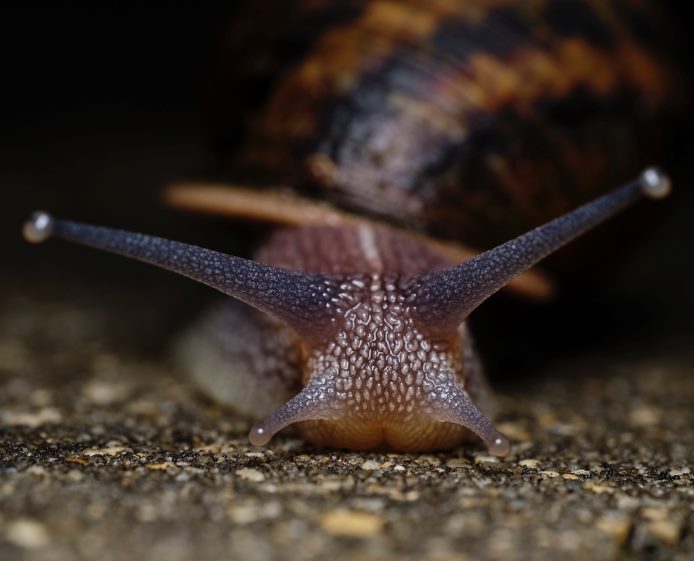
Sow seeds now
I find a damp but warm season is ideal for sowing seeds, as the ground stays moist which helps germination and reduces my watering task.
In March I sow carrots , Asian greens, phlox, cosmos, cucumbers, sweet corn and sugar snaps and snow peas as well as beans.
Start beans off in little punnets if it’s raining constantly. When you are able to limit the water to a little each day when the beans are just sown and until a week after germination, you are less likely to get rotting of the bean seed that occurs in times of heavy rain.




